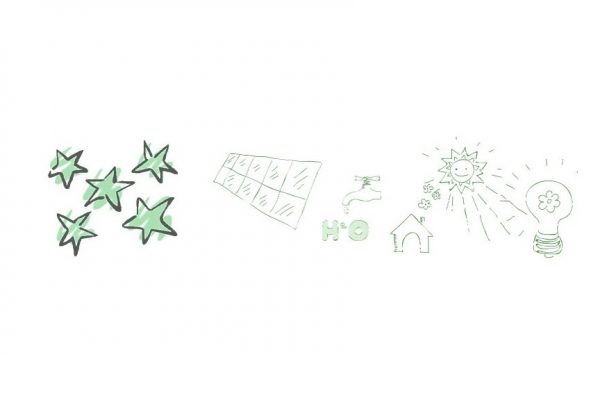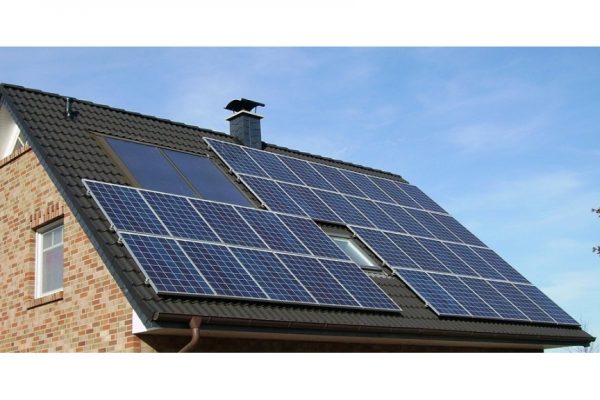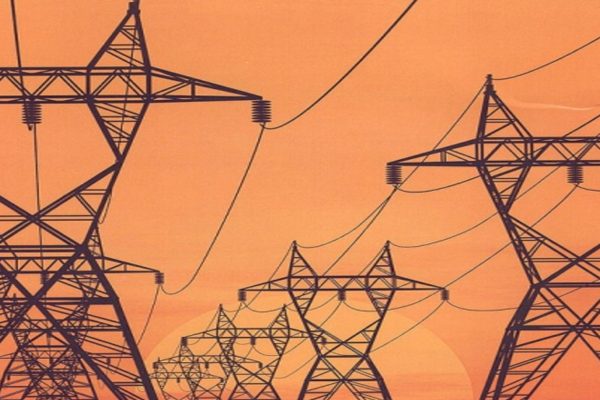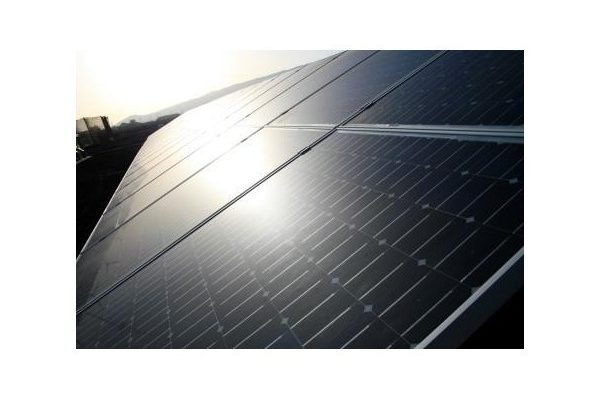What we mean by energy efficiency
Much has been said and talk about energy efficiency, but do we really know what is energy efficiency?
Efficiency is the maximization of resources for obtaining a result. We are more efficient when we use fewer resources for the same purpose or when the same resources we get a better result.
When we talk about energy efficiency, means how much energy resources used for a particular purpose.
For example, say you need 1000 units of energy to heat a home, and now we get an old gas boiler that burns our city. This boiler burns us 1,200 units of energy (in gas form) to heat the house. If we change to a more modern (most efficient) boiler boiler will burn us now 1,100 units of energy (in gas form) for 1000 units of energy needed to heat the house. So we improved the energy efficiency of our heating system, with less get the same result.
Another way would be for example to improve the insulation of our house, and instead of 1000 units of energy needed to heat need 700 units. So we are also being more energy efficient.
And if for example we installed a solar water heater by solar thermal panels, and got that these 700 units needed to generate gas now only need 300, the rest of we catch the sun, we have thus achieved an improvement of energy efficiency with fewer resources obtain the same result.
Do renewable energies are energy efficiency?
Renewables are linked inseparably to energy efficiency as it allows us to reduce the use of conventional energy (energy resources); and as we have seen declining resources obtaining the same result is energy efficiency!
So the answer is clear: renewable energy is always energy efficiency. In fact the fastest way to improve the energy rating of a home, the famous energy efficiency label, is the implementation of renewable energy, either through kit solar panels to generate electricity, or solar thermal as a heater Solar water.
How do I improve energy efficiency in the home?
Based on the concept of energy efficiency, the objective is to reduce the amount of energy resources we use in our home to meet our needs; lighting, heating or air conditioning and appliances (washing, ironing, cooling, heating …).
The first step to improving the energy efficiency of our homes is to know our consumption. That is why we find in store-solar dedicated to energy efficiency a section with a wide range of products that allow you to measure the consumptions.
A lot of electricity consumption (about 10%) is caused by improper energy management, and the best way to detect which use energy uselessly is measured.
In this way we can detect:
- Appliances messed that are consuming more than necessary.
- If the turnover that makes us the power company is correct. Hardly have other ways that learn from a mistake by the power company. Mistakes are more common than they seem.
- The maximum power we really need, and thus reduce the power contracted to what is necessary without paying for a power that will not use.
- The level of consumption in standby electrical appliances, which is better turned off completely if possible.
- Consumption patterns we have, that is, when consumed, at what times and what level of consumption in order to adapt to the rates that suit us.
- Efficiency gains caused for example by buying LED bulbs. We can, with a suitable meter, take the measurements of lighting consumption before and after the change of luminaires by others.
In addition to measuring consumption, which allows us to detect mismanagement, errors and possible improvements, the other channel that allows us to improve energy efficiency in our homes is the implementation of renewable energy systems. The most common for housing are:
- Solar water heaters; solar thermal equipment that heat our water, saving up to 80-90% of consumption used for hot water.
- Biomass for heating. We allow the use of a cheaper fuel and more respectful of the environment.
- Kit photovoltaic solar panels for electricity generation, with or without batteries. Allow us to generate up to 100% of our consumption.
- Wind turbines, especially in isolated areas with constant wind allow us to harnessing wind power to generate electricity. Usually combined with other renewable sources.





